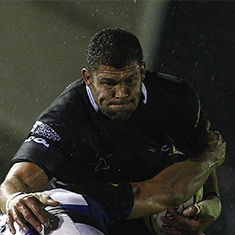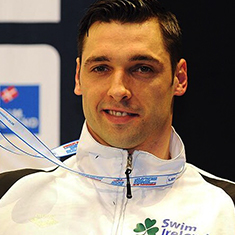Dry Needling
Introduction
What Is Dry Needling?
Dry needling therapy uses a solid filament needle to treat muscle trigger points. These points are a highly localised, hyper-irritable spot in a taught band of muscle fibers. These trigger points play a role in producing and maintaining the pain cycle. They can alter muscle performance, as well as generate pain along common referral patterns. These points develop in muscle for various reasons, including referred or local pain, inflammation, athletic injury or other causes.
The dry needling technique is used as an adjunct to our hands on Physiotherapy approach and assessment to decrease pain and restore function.
Introduction
HOW DOES DRY NEEDLING WORK?
The dry needle stimulation of the muscle produces a local twitch response or rapid depolarisation of muscle fibres. This leads to reduction of muscle activity, which results in relaxation and decreased pain and dysfunction. This decrease in pain is related to the removal of muscular compression on your joint, nerve, and vascular tissue. Referred pain can be reproduced as a result of dry needling which is a positive sign confirming the trigger point as the source of the pain. Dry needling is highly effective for chronic muscle and repetitive sport injuries.
ACUPUNCTURE VS. DRY NEEDLING
Dry Needling uses the same type of needles that acupuncture uses, but with a different theoretical purpose. Acupuncture adopts a Traditional Chinese Medicine approach to normalise the flow of energy, or Chi, in the body to treat pain. Although both approaches use the same type of needles, dry needling is based on traditional reasoning of Western medicine. The sites for the needle insertion are located in specific myofascial trigger points in skeletal muscle, which can differ from acupuncture.






